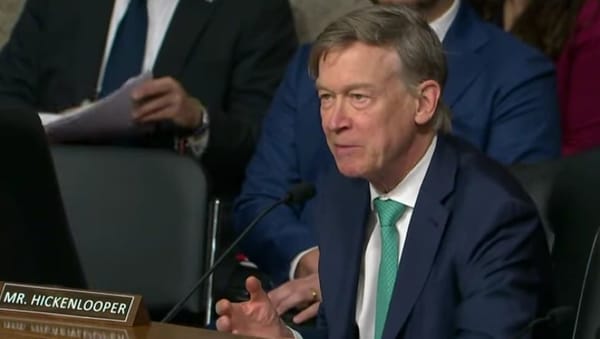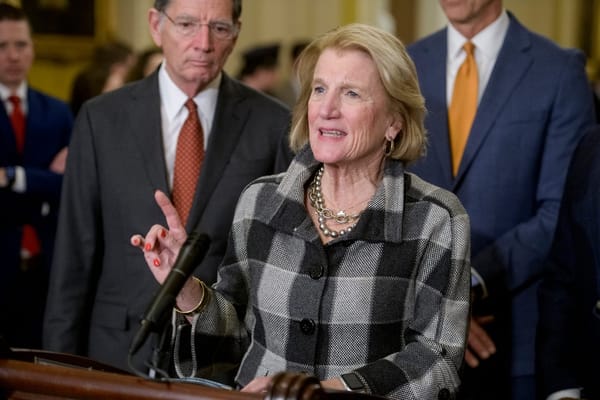Towards Universal Broadband: Flexible Broadband Pricing and the Digital Divide
WASHINGTON, November 16, 2009 – The difference in the adoption of high-speed internet technology between the technological savvy and the unsophisticated may not constitute a digital divide so much as a lag between lower- and high-income groups, according to experts assembled by the Georgetown Center
WASHINGTON, November 16, 2009 – The difference in the adoption of high-speed internet technology between the technological savvy and the unsophisticated may not constitute a digital divide so much as a lag between lower- and high-income groups, according to experts assembled by the Georgetown Center for Business and Public Policy.
In a report by Kevin Hassett and Robert Shapiro, “Towards Universal Broadband Flexible Broadband Pricing and the Digital Divide,” the authors honed in on the effects broadband pricing. They presented their research at a Friday morning event.
“The percentage of homes connected to broadband service increased from 33 percent in spring 2005 to 63 percent in spring 2009,” said the report.
According to John Mayo, executive director of the Georgetown Center for Business and Public Policy, the deployment of any technology that has this type of increase rate appears to have a success story, but “the deployment has not been uniform.”
Broken down into the categories of wealth and race, Hassett and Shapiro found that the use of broadband was more common in the past for people of higher income than it was for people who were poorer.
“The factors that drive technological advances are price decreases,” Shapiro said. In addition, “As the value of technology advances, bringing the price down, they diffuse across income groups.”
While 63 percent of the country is currently connected to broadband, 37 percent are not connected; they are the ones who are currently feeling the effects of being disconnected.
“There is an idea that a lot of investment is needed for bandwidth,” Hassett said. He criticized that perspective.
Using the example of a provider investing $300 million in higher capacity to make its service more appealing to consumers, Hassett countered: two-thirds of the country is already connected with broadband and the other third could not possibly afford it. How is the provider going to make up its $300 million investment and still keep prices low? It just isn’t possible, he said. The provider would need to increase their price.
Shapiro and Hassett also looked at different possibilities to help the deployment of broadband to those who cannot afford a monthly payment plus premiums.
Leaving the prices that people pay at the level they are now is one suggestion. Using this model, Shapiro and Hassett found that with no price increases for broadband, “we would expect to see universal broadband by 2017.”
Hassett and Shapiro touted the tiered pricing system that, they said, had been used in Norway and in Korea. Under such a system, price is connected to the amount of bandwidth used: instead of being one flat rate.
Only being charged for the bandwidth that is being used could be of benefit for those who are “sensitive of the increase price of broadband as their income falls,” said Hassett.









Member discussion